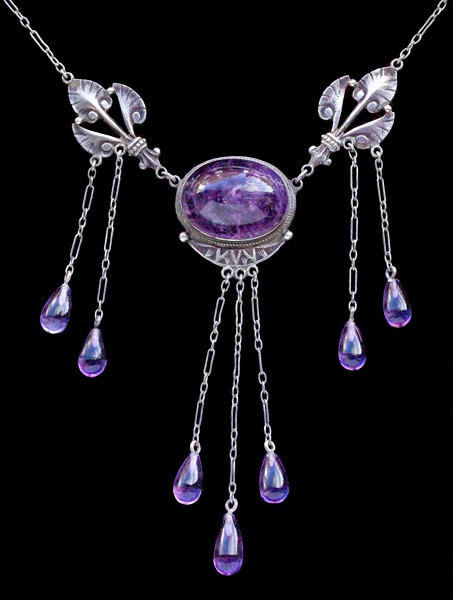I admit it, I've been a fan of 'Orange Is The New Black' since ten minutes into the first episode. So now that we're into season three, I'm consuming new episodes as fast as life (and kids) will allow me. Last night I watched three episodes back-to-back. When I finally went to bed, all the story lines kept playing over and over, and just before 2:30 am, my writers-brain realized that the show had done something every good novelist needs to constantly be aware of.
Conflict.
There's always conflict between prisoners on the show, and sometimes those in charge, but last night's 3 episodes had conflict in spades!
I read a series review yesterday that talked about this season being sadder. Well, I can see that, but the conflict is more developed as well. Inter-personal conflict, a big thing hanging over the prison (no spoilers), woman vs nature (bed bugs!), prisoner vs prisoner, and even prisoner vs their past.
'Orange Is The New Black' is about far more than one woman trying to make her way through her sentence. There's a lot writers can learn from the show. Multi-layered characters, how humans can adapt to our environment, how people relate to one another when they have no choice, how our past can shape who we become, conflict, setting, and the list goes on.
'Survivor' won't teach you anything but 'Orange Is The New Black' will.
There's always conflict between prisoners on the show, and sometimes those in charge, but last night's 3 episodes had conflict in spades!
I read a series review yesterday that talked about this season being sadder. Well, I can see that, but the conflict is more developed as well. Inter-personal conflict, a big thing hanging over the prison (no spoilers), woman vs nature (bed bugs!), prisoner vs prisoner, and even prisoner vs their past.
'Orange Is The New Black' is about far more than one woman trying to make her way through her sentence. There's a lot writers can learn from the show. Multi-layered characters, how humans can adapt to our environment, how people relate to one another when they have no choice, how our past can shape who we become, conflict, setting, and the list goes on.
'Survivor' won't teach you anything but 'Orange Is The New Black' will.




